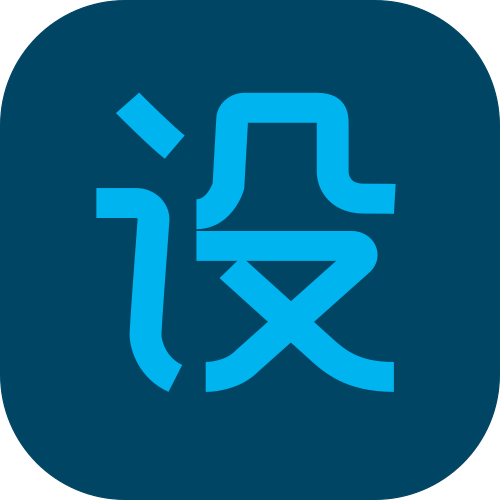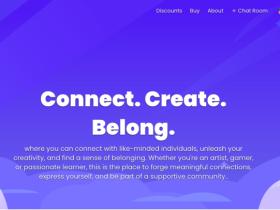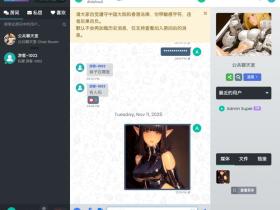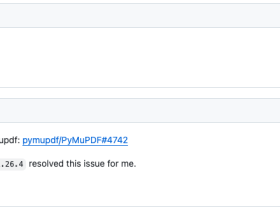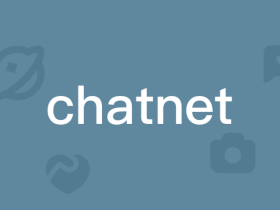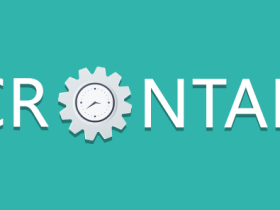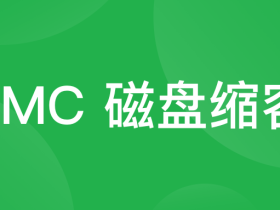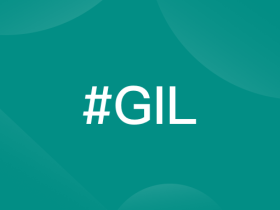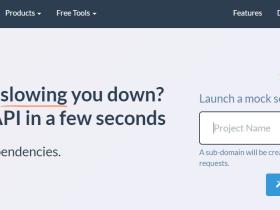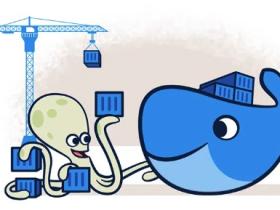要学习容器化,需要熟悉一些关键概念和工具:
- Docker:Docker是当今最流行的容器化工具。它允许您将应用程序及其依赖项打包到一个容器中,然后在安装了Docker的任何系统上运行该容器。
- 容器:容器是一个轻量级的独立可执行包,包括运行应用程序所需的所有内容,包括代码、库和系统工具。
- 容器注册表:容器注册表是存储和分发Docker映像的仓库,例如Docker Hub和AWS Elastic Container Registry(ECR)。
- Dockerfile:Dockerfile是指定Docker映像配置的脚本,包括基础映像、环境变量和应用程序文件。
- Docker Compose:Docker Compose是用于定义和运行多容器Docker应用程序的工具。它允许您定义组成应用程序的不同服务以及它们应该如何相互通信。
为了开始学习容器化,建议按照以下学习路线:
- 学习Docker的基础知识:首先学习Docker的基础知识,包括如何在系统上安装和使用Docker。Docker文档提供了全面的入门指南。
- 理解容器化概念:熟悉关键的容器化概念,包括映像、容器和容器注册表。
- 创建第一个Dockerfile:练习为样例应用程序创建一个简单的Dockerfile。使用此Dockerfile构建Docker映像,然后基于该映像运行一个容器。
- 学习Docker Compose:一旦您熟悉了Docker,学习Docker Compose。使用它定义和运行多容器应用程序。
- 探索高级主题:随着您使用Docker的熟练程度提高,探索更高级的主题,例如Docker网络、Docker卷和Docker swarm模式。
- 练习、练习、练习:练习为不同类型的应用程序构建和运行Docker容器。构建一个小型Web应用程序或基于微服务的应用程序,并使用Docker部署它。
有许多在线资源可供学习容器化,包括官方的Docker文档、在线课程和教程。您还可以加入Docker社区和论坛,与其他开发人员联系,并从他们的经验中学习。
[本文摘自ChatGPT的回答,以下为英文原答案]
To learn containerization, there are a few key concepts and tools you should familiarize yourself with:
- Docker: Docker is the most popular containerization tool used today. It allows you to package your application and its dependencies into a container, which can then be run on any system that has Docker installed.
- Container: A container is a lightweight, standalone executable package that includes everything needed to run your application, including code, libraries, and system tools.
- Container registry: A container registry is a repository for storing and distributing Docker images. Examples include Docker Hub and AWS Elastic Container Registry (ECR).
- Dockerfile: A Dockerfile is a script that specifies the configuration of your Docker image, including the base image, environment variables, and application files.
- Docker Compose: Docker Compose is a tool for defining and running multi-container Docker applications. It allows you to define the different services that make up your application and how they should communicate with each other.
To start learning containerization, here is a suggested learning route:
- Learn the basics of Docker: Start by learning the basics of Docker, including how to install and use Docker on your system. The Docker documentation provides a comprehensive guide for getting started.
- Understand containerization concepts: Familiarize yourself with key containerization concepts, including images, containers, and container registries.
- Create your first Dockerfile: Practice creating a simple Dockerfile for a sample application. Use this Dockerfile to build a Docker image, and then run a container based on that image.
- Learn Docker Compose: Once you are comfortable with Docker, learn Docker Compose. Use it to define and run a multi-container application.
- Explore advanced topics: As you become more proficient with Docker, explore more advanced topics such as Docker networking, Docker volumes, and Docker swarm mode.
- Practice, practice, practice: Practice building and running Docker containers for different types of applications. Build a small web application or a microservices-based application and deploy it using Docker.
There are many online resources available for learning containerization, including the official Docker documentation, online courses, and tutorials. You can also join Docker communities and forums to connect with other developers and learn from their experiences.
